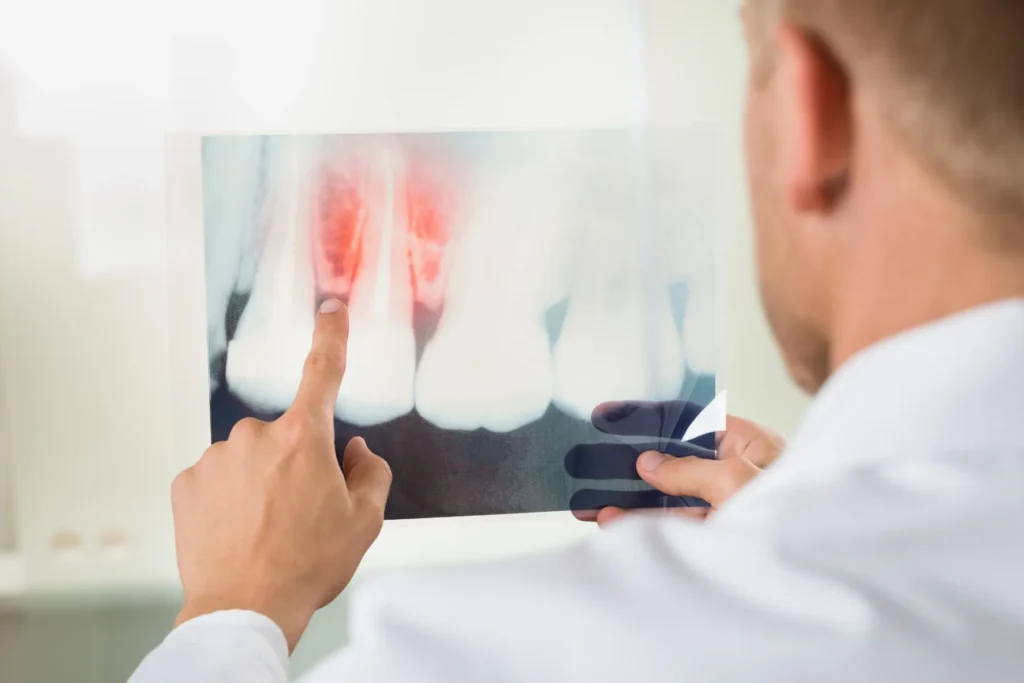Can Gum Disease Be Cured? Gum disease, also known as periodontal disease, is a chronic bacterial infection that affects the gum tissues and, in severe cases, the bone that supports the teeth. It starts as gingivitis, a mild form characterized by gum inflammation and bleeding, and can progress to periodontitis, a condition that leads to gum recession, bone loss, and tooth mobility.
Many patients ask: Can gum disease be cured? The answer depends on the stage of the disease. Gingivitis, the early stage, can be completely reversed with proper oral care. However, advanced periodontal disease requires professional intervention to manage its effects and prevent further damage.
In this detailed guide, we will explain:
- What gum disease is and why it develops
- The difference between gingivitis and periodontitis
- Can Gum Disease Be Cured?
- The most effective professional treatments available
- How to prevent gum disease from worsening
- The serious health risks associated with untreated gum disease
Understanding gum disease is the first step toward better oral health. Let’s dive in.
What Is Gum Disease and What Causes It?
Gum disease is an inflammatory condition affecting the soft tissues surrounding the teeth. It is primarily caused by bacterial plaque, a sticky, colorless film that continuously forms on the teeth. If not removed effectively through daily brushing and flossing, plaque hardens into tartar (calculus), which can only be removed by a dental professional. The accumulation of tartar leads to inflammation and infection in the gums, setting the stage for gum disease.
Stages of Gum Disease
- Gingivitis – This is the mildest form of gum disease, characterized by red, swollen gums that may bleed when brushing or flossing. At this stage, no permanent damage has been done to the teeth or bone.
- Mild to Moderate Periodontitis – If untreated, gingivitis can progress to periodontitis, where the inflammation spreads deeper. Small pockets form between the teeth and gums, allowing bacteria to multiply and attack the bone supporting the teeth.
- Severe Periodontitis – The final stage, where significant gum recession, bone loss, and tooth mobility occur. If left untreated, teeth may eventually fall out or require extraction.
Causes of Gum Disease
Several factors contribute to the development of gum disease:
- Poor Oral Hygiene – Failure to brush and floss effectively leads to plaque buildup.
- Smoking and Tobacco Use – Reduces oxygen supply to the gums, impairing their ability to heal.
- Diabetes – High blood sugar levels create an environment for bacterial growth, increasing susceptibility.
- Genetics – Some individuals are genetically predisposed to developing periodontal disease.
- Hormonal Changes – Pregnancy, menopause, and puberty can make gums more sensitive and vulnerable to infection.
- Certain Medications – Some drugs cause dry mouth, reducing saliva production, which is crucial for rinsing away bacteria.
- Poor Diet – A lack of essential nutrients weakens the immune system, making it harder to fight infections.
- Chronic Stress – Stress can weaken the immune response, increasing the likelihood of gum infections.
Common Symptoms of Gum Disease
Recognizing the early signs of gum disease is critical to preventing progression:
- Bleeding Gums – Gums that bleed when brushing or flossing are a major indicator of gum disease.
- Red, Swollen, or Tender Gums – Inflammation is the body’s response to bacterial infection.
- Persistent Bad Breath (Halitosis) – Caused by bacterial buildup below the gumline.
- Gum Recession – Gums pulling away from teeth, making them appear longer.
- Formation of Deep Pockets – Spaces between teeth and gums where bacteria accumulate.
- Loose or Shifting Teeth – In advanced cases, bone and ligament destruction lead to tooth mobility.
If you notice these symptoms, seeking professional dental care immediately is essential. Early intervention can prevent irreversible damage.

The Difference Between Gingivitis and Periodontitis
Gingivitis (Early Stage Gum Disease)
- Caused by plaque accumulation
- Leads to red, swollen gums that may bleed
- No bone loss or permanent damage
- Completely reversible with good oral hygiene and professional cleaning
Periodontitis (Advanced Gum Disease)
- Plaque spreads below the gumline, causing infection
- Gum pockets deepen, leading to bone loss
- Teeth may become loose or fall out
- Requires professional intervention to manage progression
Can Gum Disease Be Cured or Reversed?
To answer the question “Can Gum Disease Be Cured?” briefly: the potential to cure gum disease depends on its severity.
- Gingivitis: Yes, it can be reversed with professional cleanings and consistent oral hygiene.
- Periodontitis: No, but it can be managed to prevent further damage.
Key Factors in Managing Periodontal Disease:
- Regular professional cleanings to remove tartar buildup
- At-home care including brushing, flossing, and using antimicrobial mouthwash
- Lifestyle changes such as quitting smoking and improving diet
- Possible surgical intervention for severe cases

How Do Dentists Treat Gum Disease?
Effective treatment for gum disease varies based on its severity. Dentists typically employ both non-surgical and surgicalmethods to control the disease and restore oral health.
Non-Surgical Treatments
- Professional Dental Cleaning (Prophylaxis) – Regular cleanings help remove plaque and tartar buildup above and below the gumline, reducing the risk of infection and inflammation. This is most effective for preventing gingivitis from progressing to periodontitis.
- Scaling and Root Planing (Deep Cleaning) – This is a specialized procedure designed for patients with early to moderate periodontitis. Dentists use ultrasonic or manual instruments to remove hardened plaque (tartar) from below the gumline, smoothing out the tooth roots to discourage bacteria from reattaching.
- Antibiotic Therapy – In some cases, dentists apply antibacterial gels or prescription antibiotics directly into infected gum pockets to eliminate harmful bacteria. Oral antibiotics may also be prescribed for severe infections to control bacterial spread.
Surgical Treatments
- Gum Grafting – When gum recession has exposed tooth roots, a gum grafting procedure is performed. This involves taking healthy tissue from another part of the mouth (such as the palate) and grafting it onto the affected area to restore gum coverage and protect the teeth.
- Pocket Reduction Surgery (Flap Surgery) – If gum pockets deepen due to periodontitis, this procedure is performed to reduce their size. The dentist or periodontist lifts the gums, removes infected tissue and tartar, and secures the gums back in place to fit more snugly around the teeth, preventing further bacterial invasion.
- Laser Therapy – A modern approach to treating gum disease, laser therapy targets and removes diseased tissue and bacteria with minimal discomfort and faster healing times compared to traditional surgery. It helps stimulate tissue regeneration while reducing gum pocket depth.
Each treatment is tailored to the severity of the disease and the individual needs of the patient. For best results, a long-term maintenance plan is essential, including routine dental visits, improved oral hygiene, and necessary lifestyle changes.
Can Gum Disease Be Cured? How to Prevent Gum Disease
Effective Prevention Strategies
- Brush twice daily with fluoride toothpaste.
- Floss every day to remove food particles between teeth.
- Use an antimicrobial mouthwash to reduce bacterial growth.
- Visit the dentist regularly for cleanings and check-ups.
- Quit smoking to improve blood flow to gum tissues.
- Eat a balanced diet rich in vitamins C and D.
The Dangers of Untreated Gum Disease
Ignoring gum disease can have serious consequences:
- Tooth Loss – Severe periodontitis weakens the support of teeth.
- Bone Loss – Affects the jawbone structure, making implants difficult.
- Heart Disease – Studies suggest a link between gum disease and cardiovascular issues.
- Diabetes Complications – Poor gum health can worsen blood sugar control.
- Respiratory Infections – Bacteria from the mouth can spread to the lungs.
If you notice persistent symptoms, consult a dentist immediately.
Conclusion: Can Gum Disease Be Cured?
Can gum disease be cured? The answer depends on the stage of the condition. While gingivitis, the earliest stage of gum disease, can be completely reversed with good oral hygiene and professional cleanings, periodontitis is a more advanced condition that requires ongoing management rather than a definitive cure.
Can gum disease be cured permanently? In some cases, with proper treatment, symptoms of gum disease can be controlled, and gum health can be restored to a stable condition. However, without continuous care, gum disease can return and progress over time. Professional dental treatments such as scaling and root planing, antibiotic therapy, and gum grafting can help stop its progression and prevent further damage.
Don’t wait—prioritize your oral health today to prevent irreversible damage. If you suspect gum disease, seek professional care immediately. Early intervention is key to keeping your gums and teeth healthy for the long term.







